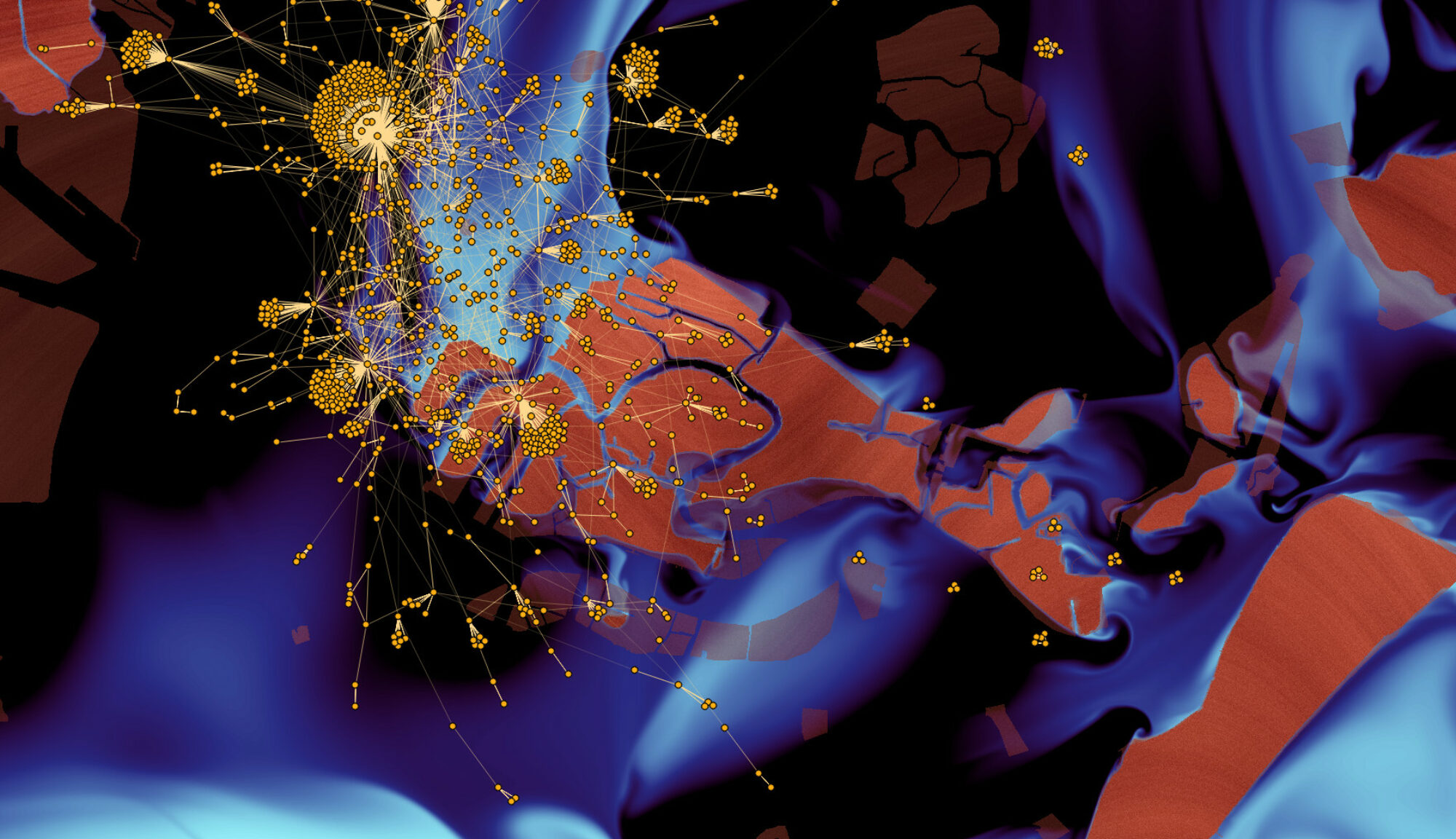Fernando Peruani and Lionel Tabourier
PLoS ONE, Vol 6(12), 2011
Without having direct access to the information that is being exchanged, traces of information flow can be obtained by looking at temporal sequences of user interactions. These sequences can be represented as causality trees whose statistics result from a complex interplay between the topology of the underlying (social) network and the time correlations among the communications. Here, we study causality trees in mobile-phone data, which can be represented as a dynamical directed network. This representation of the data reveals the existence of super-spreaders and super-receivers. We show that the tree statistics, respectively the information spreading process, are extremely sensitive to the in-out degree correlation exhibited by the users. We also learn that a given information, e.g., a rumor, would require users to retransmit it for more than 30 hours in order to cover a macroscopic fraction of the system. Our analysis indicates that topological node-node correlations of the underlying social network, while allowing the existence of information loops, they also promote information spreading. Temporal correlations, and therefore causality effects, are only visible as local phenomena and during short time scales. Consequently, the very idea that there is (intentional) information spreading beyond a small vicinity is called into question. These results are obtained through a combination of theory and data analysis techniques.
Download
